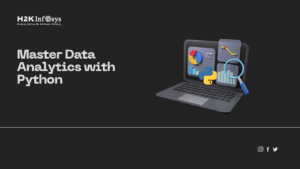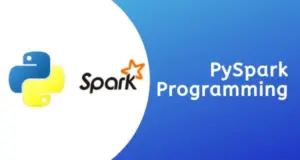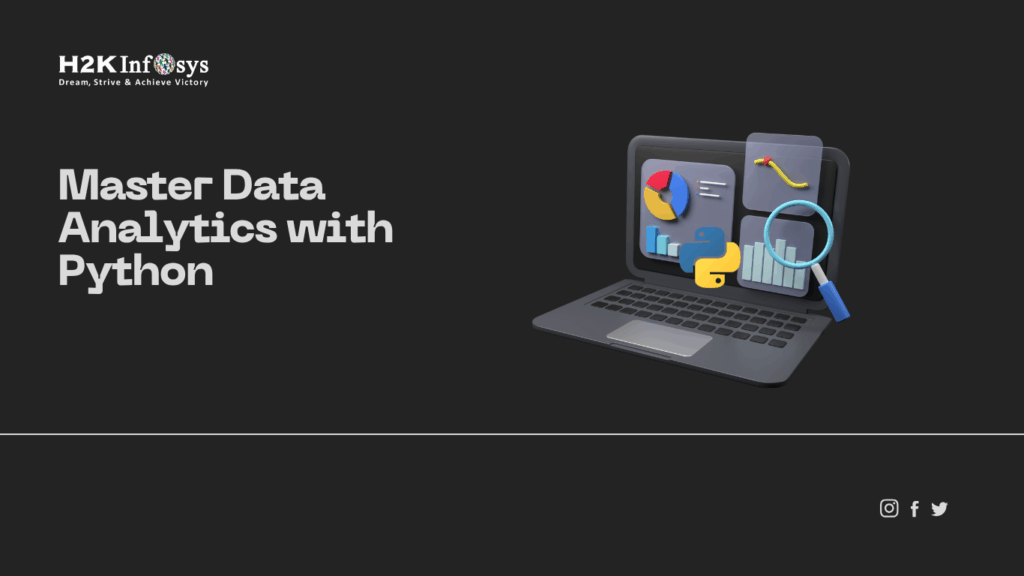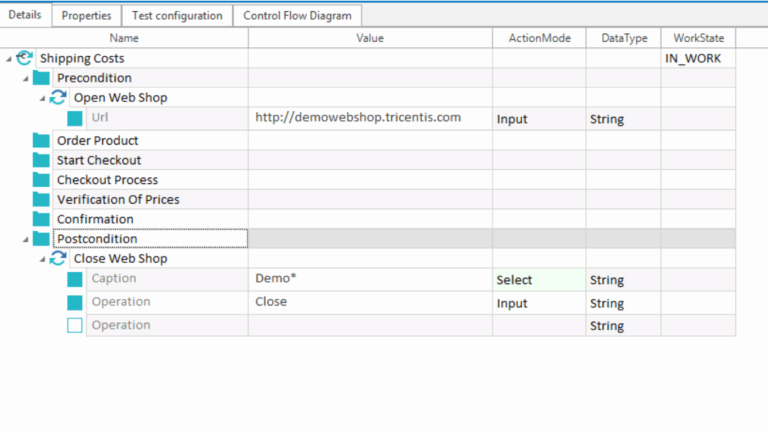One of the most widely used programming languages nowadays is Python. This object-oriented language is used worldwide by major enterprises to develop applications and programs. You may find some of the Python interview questions that are most typically asked in a variety of employment interviews below. You can prepare for your interview by using our Python interview questions, which are suitable for both seasoned professionals and beginners. Let’s examine a few of the most well-liked and noteworthy interview questions and responses for Python programming.
- What is Python?
Python is an object-oriented, powerful, and interactive programming language that is interpreted. Compared to many other programming languages, it has a simpler syntax and makes heavy use of English keywords.
Python is made to be extremely legible and to work on a variety of operating systems and platforms, including Windows, Mac, Linux, Raspberry Pi, and others.
One of the most in-demand skills on the market right now is Python. Become a Python Expert by enrolling in our Python online Certification Course.
- Explain how Python is an interpreted language.
Any programming language that carries out its instructions sequentially, one line at a time, is said to be interpreted. With Python, programs can be run directly from the source code without going through a compilation process beforehand.
- What is PEP 8?
The acronym for Python Enhancement Proposal is PEP. It is a set of rules that describe the best way to write and organise Python code in order to make it as readable and clear as possible.
- What are Python’s key features?
The following are some of Python’s main attributes:
- Unlike languages like C, Python is an interpreted language, meaning it doesn’t require compilation before execution.
- Since Python uses dynamic typing, declaring a variable with the data type is not necessary. The data type will be determined by the Python Interpreter based on the variable’s value.
- Python is an object-oriented programming language; access specifiers are not part of this paradigm. Python has all the standard OOPs ideas, including classes and inheritance, aside from access specifiers (public and private keywords).
Python is a cross-platform language, meaning that with little to no changes, a Python program created for Windows can also work on Linux.
- Since Python is a general-purpose language, it may be used in a wide range of fields, including automation, data science, machine learning, and web application development.
- How is Memory managed in Python?
- Python uses garbage collection, an automatic method of managing memory.
- When items are no longer needed, the garbage collector records them and releases memory.
- Python manages memory by using reference counting, which iteratively increases and decreases.
- Circularly referenced items are handled by a cyclic garbage collector.
- Additionally, Python offers features like resource release automation using the “with” statement and context managers.
- Python’s memory management makes coding easier by automatically managing memory allocation and deallocation.
- What is PYTHONPATH?
Python has an environment option called PYTHONPATH that allows users to specify additional directories that Python should look through for modules and packages. This variable helps Python find the files it needs to import when running code by acting as a search path. Users can alter the module search behaviour to suit their needs and extend the default search path by configuring the PYTHONPATH variable. This feature makes it easier for developers to import modules and improves code reusability by helping them structure and organise their Python projects effectively.
- What are Python Modules?
Modules for Python are files that contain Python codes. This code may consist of variables, functions, or classes, among other forms. This provides predefined functionalities when needed, saving the programmer time. It is an executable code contained in a file with the “.py” extension.
Below is a list of frequently used constructed modules.:
- os
- sys
- data time
- math
- random
- JSON
- What are Python namespaces?
The names given to objects inside a program are guaranteed to be distinct and compatible with other names by means of a Python namespace. Namespaces are implemented as dictionaries in Python, where the item itself is the value and its name acts as the key.
Let’s look at a few namespace examples:
- The names declared inside a function are contained in the Local Namespace, which is unique to that function. When the function is called, it is momentarily generated, and after the function has completed running, it is cleared.
- Names from imported packages or modules that are utilised in the current project are included in the Global Namespace. It is generated upon importing the package into the script and is available for use during the script’s execution.
- The built-in functions that Python’s core provides, together with unique names for different kinds of exceptions, are all included in the Built-in Namespace.
- What is scope resolution?
A scope in Python indicates the section of code that an object stays valid and usable inside. In Python, each object acts inside its scope. Within a program, objects are individually identified by namespaces, and each namespace is linked to a certain scope in which objects can be used without a prefix. A variable’s lifetime and accessibility are determined by its scope.
Let’s examine the many scopes that are produced when code is executed:
- The term “local scope” describes the objects that are defined inside the current function and can only be accessed within it.
- Global scope: Throughout the code’s execution, objects in the global scope are accessible.
- Module-level scope: This scope includes all global items related to the program’s current module. You can access these items from within the module.
- The term “outermost scope” describes all of the built-in names that are accessible from any location within the application.
- What is a dictionary in Python?
Dictionaries are among the many data types that Python provides. In Python, a dictionary is an array of items kept as key-value pairs. Since the data structure is unordered, indexing is carried out using the keys that have been allocated to each element.
- What is __init__ in Python?
The reserved method init in Python classes performs the same function as constructors, which are terms related to object-oriented programming (OOP). The init method is automatically invoked upon object creation, providing initialization and memory allocation for the newly generated object. It is also possible to set initial values for variables using this method.
Conclusion To learn more about more questions involved in Python, check our Python training online.





























